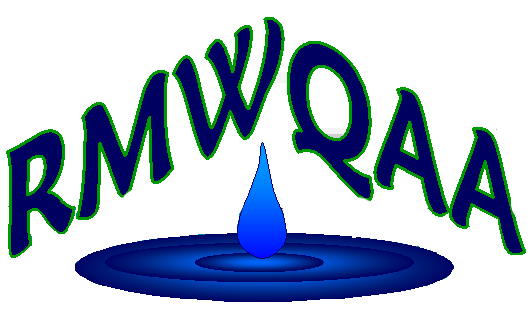The month of October is always a scary time of the year. It’s a time to binge scary movies, visit all the haunted houses and decorate your house as spooky as possible. However, if you’re looking for something truly scary this month, look no further than the Colorado River Basin shortage.
On August 16, 2021, the Bureau of Reclamation declared the first-ever water shortage for the Colorado River Basin. An exceptionally dry spring in the Upper Basin (Colorado, New Mexico, Utah, Wyoming) and low runoff conditions have left Lake Mead and Lake Powell at record low reservoir levels.
Five-year projections released from the Bureau of Reclamation (https://www.usbr.gov/lc/region/g4000/riverops/crss-5year-projections.html) show Lake Mead with a 66% chance of dipping below 1,025 feet of elevation in 2025. When reservoir elevations start dropping, the government will enact mandatory water cuts. This is scary for states on the Lower Basin (Nevada, Arizona, California) who rely on these reservoirs for drinking water. With a water shortage declared with Lake Mead dropping below 1,075 feet in elevation, Arizona and Nevada can expect water allocation slashes starting in 2022. The next set of federal cuts would come once the reservoir hits 1,050 feet in elevation and could realistically happen next year.
This graph taken from http://mead.uslakes.info/level.asp shows Lake Mead’s water level for the years 2019, 2020, and 2021 up until October 18.

Projections are not only scary for Lake Mead but also for Lake Powell which shows a 3 percent chance of dropping to levels next year where the Glen Canyon Dam cannot generate power. While 3 percent may seem unlikely, the projections show a jump to 34 percent in 2023. The Glen Canyon Dam produces around five billion kilowatt-hours of hydroelectric power annually and provides power to a Western population that is rapidly growing.
This graph taken from http://powell.uslakes.info/level.asp shows Lake Powell’s water level for the years 2019, 2020, and 2021 up until October 18.

The Colorado River’s existing management guidelines are set to expire in 2026 with very important negotiations looming. Can a balance be agreed upon that provides enough inflow to the Lower Basin but still leaves enough for the Upper? With so many parties interesting in securing water, the future of the Colorado River Basin is indeed enough of a scare to get you through this Halloween season.
Danny McCausland is an Analyst II at Metro Water Recovery. He has 8 years experience working in the water quality field.
 Welcome to the
RMWQAA Website!
Welcome to the
RMWQAA Website!  Welcome to the
RMWQAA Website!
Welcome to the
RMWQAA Website!